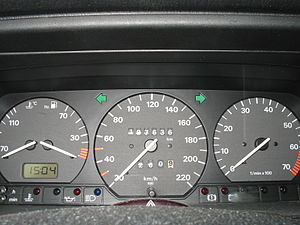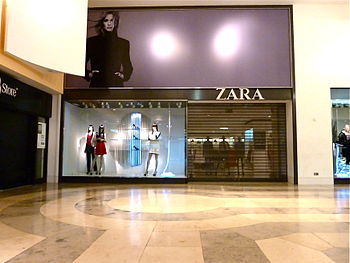The market leader in contract logistics, DHL Supply Chain, is introducing its first digital twin of a warehouse in the Asia-Pacific region for Tetra Pak with one goal in mind: optimised, agile and cost-efficient supply chains.
The warehouse is one of the biggest Tetra Pak warehouses worldwide and remains the first smart warehouse for DHL in the Asia-Pacific region that exists as a digital twin.
Having launched an integrated supply chain for Tetra Pak in Singapore, the digital twin is supplied with real-time data on a consistent basis from the physical warehouse in Singapore and makes changes consistently in real-time.
“The joint implementation of such a digital solution to improve Tetra Pak’s warehousing and transport activities is an excellent example of the smart warehouses of the future,” said Jerome Gillet, CEO, DHL Supply Chain Singapore, Malaysia, Philippines. “This enables agile, cost-effective and scalable supply chain operations.”
DHL Supply Chain is focusing on technologies and processes such as physical objects like industrial trucks kitted out with IoT technology. The DHL Control Tower tracks incoming and outgoing goods to ensure all goods are stored in the correct way within 30 minutes of receipt.
Tetra Pak has developed a smart storage solution that tracks and simulates the physical condition and individual stock levels in real-time, allows smooth non-stop coordination of operations, makes faults visible as well as improves safety and productivity in the warehouse.
DHL Supply Chain Singapore has in-depth expertise in the region in achieving individual customer needs, the firm provides Third-Party Logistics (3PL) solutions in which customers can outsource their logistics management and operations.
“We expect the partnership with DHL Supply Chain to further increase our productivity and maintain high standards in our supply chains,” commented Devraj Kumar, Director, Integrated Logistics, South Asia, East Asia & Oceania, Tetra Pak.
Read more at DHL Supply Chain introduces first digital twin of warehouse in Asia for Tetra Pak
Share with us your opinions and subscribe us to get updates














































